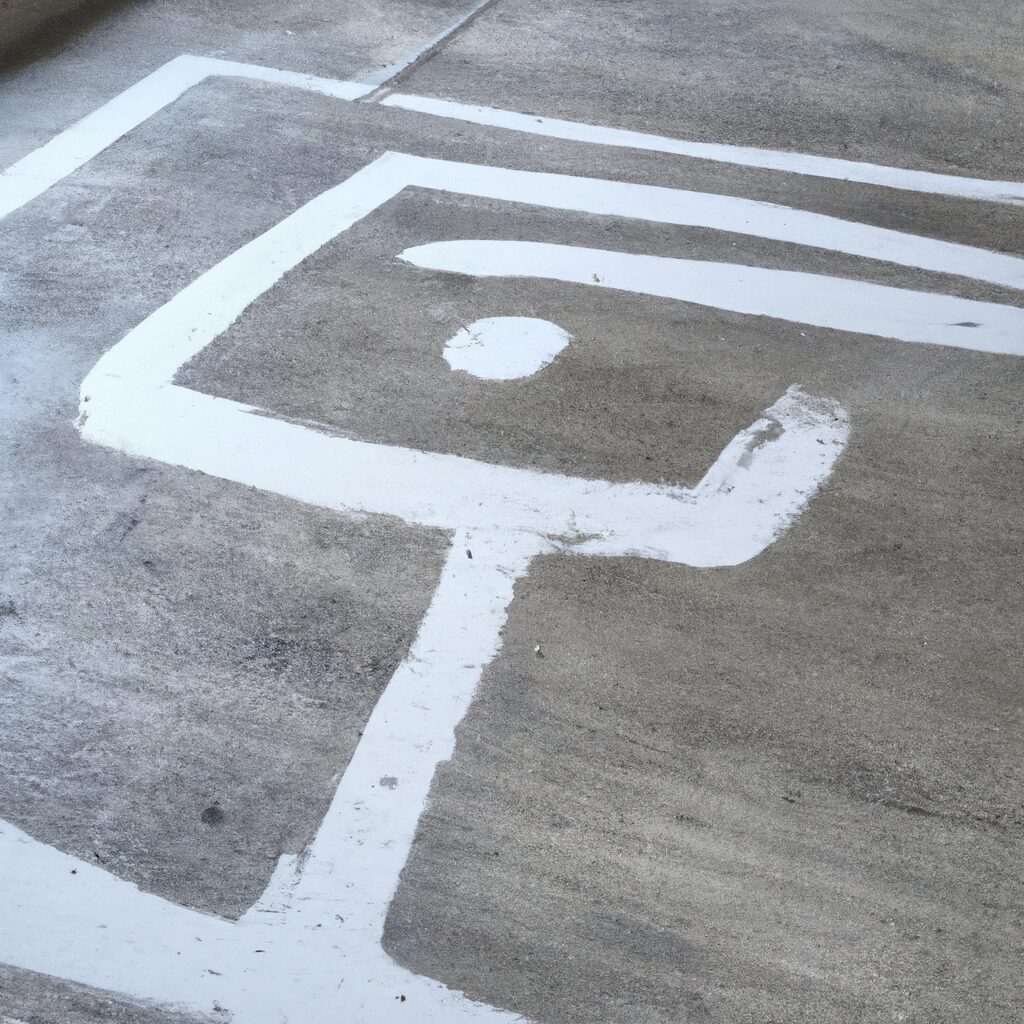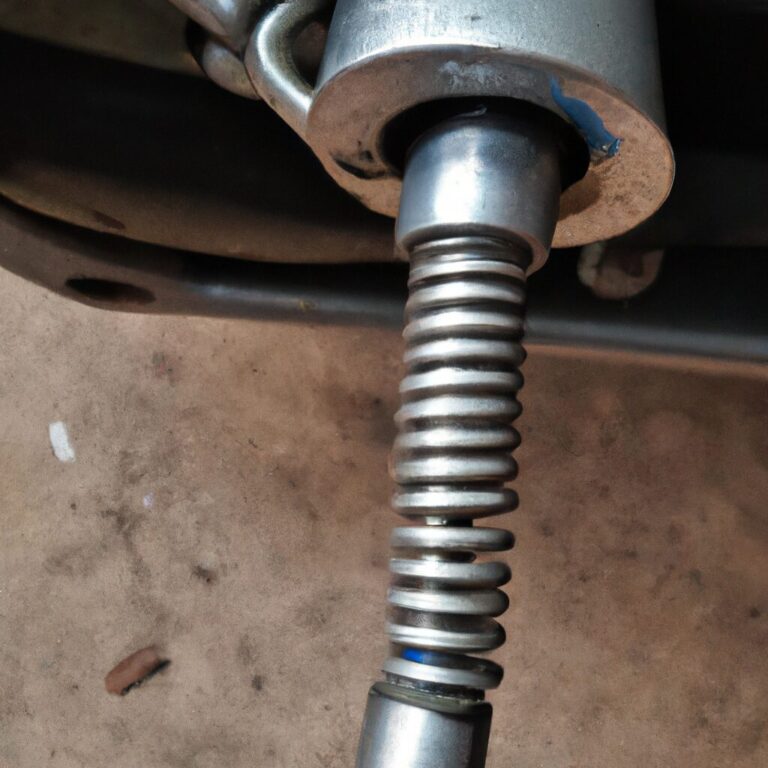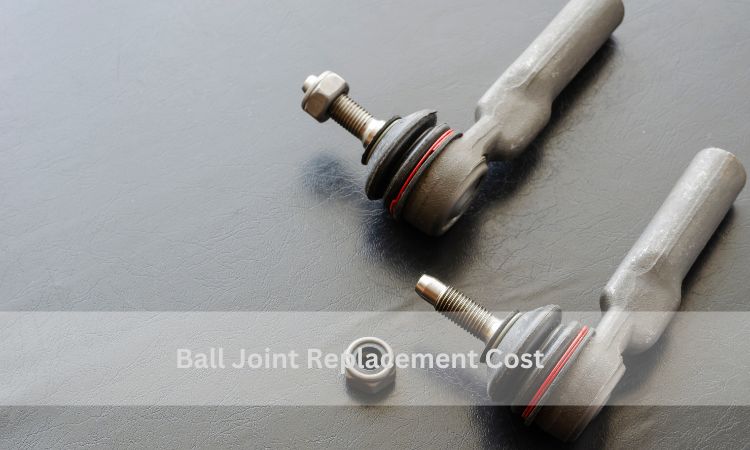when can i drive on new concrete
Introduction
Driving on new concrete can be a tricky situation. Depending on the type of concrete, the curing process, and the weather conditions, the time frame for when you can drive on new concrete can vary. Generally, it is best to wait at least three days before driving on new concrete, but in some cases, it may take up to seven days or more. In this article, we will discuss the factors that affect when you can drive on new concrete and provide some tips for ensuring that your concrete is ready for use.
What Is the Ideal Time Frame for Driving on New Concrete?
The ideal time frame for driving on newly poured concrete is 28 days. This is the amount of time it takes for the concrete to reach its maximum strength and durability. During this time, the concrete is still curing and should be treated with caution. It is important to avoid driving on the concrete until it has had time to cure properly.
During the curing process, the concrete should be kept moist and covered with a curing compound. This helps to ensure that the concrete will reach its maximum strength and durability. It is also important to avoid any heavy traffic or large vehicles on the concrete during this time.
Once the 28-day curing period has passed, the concrete should be ready for use. However, it is still important to take caution when driving on the concrete. Heavy vehicles and large loads should be avoided, as they can cause damage to the concrete. Additionally, it is important to avoid any sharp turns or sudden stops on the concrete, as this can cause cracking or other damage.
By following these guidelines, you can ensure that your newly poured concrete will reach its maximum strength and durability.
How Long Should You Wait Before Driving on Newly Poured Concrete?
It is recommended to wait at least three days before driving on newly poured concrete. During this time, the concrete should be allowed to cure and harden. This curing process is essential for the concrete to reach its full strength and durability. If the concrete is driven on too soon, it can cause cracking and other damage.
The curing process can take up to 28 days, depending on the weather and other conditions. During this time, the concrete should be kept moist and covered with plastic sheeting or burlap to prevent it from drying out too quickly. After the initial three-day period, it is safe to drive on the concrete, but it is still important to take caution and drive slowly.
It is also important to note that newly poured concrete should not be exposed to freezing temperatures for at least 28 days. If the concrete is exposed to freezing temperatures before it has had a chance to cure, it can cause the concrete to crack and become weakened.
What Are the Benefits of Waiting to Drive on New Concrete?
Waiting to drive on newly poured concrete is beneficial for a variety of reasons. Firstly, it allows the concrete to cure and harden properly. This is important because it ensures that the concrete is strong and durable, and will not crack or break easily. Additionally, it allows the concrete to reach its full strength, which is necessary for it to be able to withstand the weight of vehicles.
Waiting to drive on new concrete also helps to prevent damage to the surface. Driving on concrete before it has had time to cure can cause tire marks, ruts, and other damage to the surface. This can be difficult and costly to repair, and can also reduce the lifespan of the concrete.
Finally, waiting to drive on new concrete helps to ensure that the surface is safe for vehicles. Driving on concrete before it has had time to cure can cause the surface to be uneven and slippery, which can be dangerous for drivers.
In conclusion, waiting to drive on new concrete is beneficial for a variety of reasons. It allows the concrete to cure and harden properly, prevents damage to the surface, and ensures that the surface is safe for vehicles.
What Are the Risks of Driving on New Concrete Too Soon?
Driving on newly poured concrete before it has had sufficient time to cure can cause a number of problems. The most serious of these is the risk of cracking or spalling. When concrete is poured, it is in a plastic state and needs time to harden. If it is driven on too soon, the weight of the vehicle can cause the concrete to crack or spall, resulting in a weakened surface. This can lead to further cracking and deterioration of the concrete over time.
In addition, driving on new concrete too soon can cause tire damage. The soft, plastic state of the concrete can cause tires to sink into the surface, resulting in flat spots or other damage. This can be especially problematic for vehicles with low-profile tires.
Finally, driving on new concrete too soon can cause staining. The oils and other substances in the tires can be absorbed into the concrete, resulting in permanent staining.
For these reasons, it is important to wait until the concrete has had sufficient time to cure before driving on it. Depending on the type of concrete and the weather conditions, this can take anywhere from a few days to several weeks.
How Can You Tell When Concrete Is Ready for Driving?
When concrete is ready for driving, it should be hard enough to support the weight of the vehicle without leaving any visible tire tracks. To determine if the concrete is ready for driving, the most reliable method is to perform a slump test. This test involves taking a sample of the concrete and forming it into a cone shape. The cone should be able to hold its shape without any slumping or collapsing. If the cone collapses, the concrete is not ready for driving. Additionally, the surface of the concrete should be dry and free of standing water. If the surface is wet, the concrete is not ready for driving.
What Are the Best Practices for Driving on New Concrete?
When driving on new concrete, it is important to follow certain best practices to ensure the longevity of the surface. Here are some tips to keep in mind:
1. Avoid driving on the new concrete for at least seven days after it has been poured. This will allow the concrete to cure and harden properly.
2. When driving on the new concrete, reduce your speed to 10 mph or less. This will help to prevent any damage to the surface.
3. Avoid turning sharply on the new concrete. This can cause the surface to crack or chip.
4. Avoid parking on the new concrete for extended periods of time. This can cause the surface to become uneven or cracked.
5. If possible, avoid driving on the new concrete when it is wet. This can cause the surface to become slippery and dangerous.
By following these best practices, you can help ensure that your new concrete surface remains in good condition for years to come.
What Are the Different Types of Curing Methods for New Concrete?
Curing is an essential step in the process of creating new concrete. It is the process of maintaining a satisfactory moisture content and temperature in concrete for a period of time immediately after it has been placed. This helps to ensure that the concrete reaches its desired strength and durability. There are several different types of curing methods for new concrete, each with its own advantages and disadvantages.
The most common curing method is water curing. This involves keeping the concrete moist by spraying or ponding water on the surface. This helps to slow down the rate of evaporation and allows the concrete to reach its desired strength. The main disadvantage of this method is that it can be time consuming and costly.
Another popular curing method is steam curing. This involves using steam to heat the concrete and keep it moist. This helps to accelerate the hydration process and allows the concrete to reach its desired strength more quickly. The main disadvantage of this method is that it requires specialized equipment and can be expensive.
A third curing method is curing with chemicals. This involves using a chemical admixture to help reduce the rate of evaporation and keep the concrete moist. This helps to speed up the hydration process and allows the concrete to reach its desired strength more quickly. The main disadvantage of this method is that it can be expensive and may require specialized equipment.
Finally, curing with plastic sheets is another popular method. This involves covering the concrete with plastic sheets to help reduce the rate of evaporation and keep the concrete moist. This helps to speed up the hydration process and allows the concrete to reach its desired strength more quickly. The main disadvantage of this method is that it can be expensive and may require specialized equipment.
Each of these curing methods has its own advantages and disadvantages. It is important to consider the cost, time, and equipment requirements of each method before deciding which one is best for a particular project.
How Can You Protect New Concrete from Damage When Driving?
To protect new concrete from damage when driving, it is important to take certain precautions. First, it is important to ensure that the concrete is fully cured before driving on it. This can be done by waiting at least 28 days after the concrete has been poured. Additionally, it is important to use a vehicle that is not too heavy for the concrete. If the vehicle is too heavy, it can cause the concrete to crack or break. It is also important to drive slowly and carefully on the concrete, as sudden stops or turns can cause damage. Finally, it is important to use a vehicle with tires that are in good condition, as tires that are worn or have low tread can cause damage to the concrete. Taking these precautions can help to protect new concrete from damage when driving.
Q&A
1. How long should I wait before driving on new concrete?
It is recommended to wait at least 28 days before driving on new concrete. This allows the concrete to cure and reach its full strength.
Conclusion
In conclusion, it is important to wait at least 28 days before driving on new concrete. This is to ensure that the concrete has had enough time to cure and harden properly. Driving on concrete before it has had enough time to cure can cause damage to the surface and reduce its lifespan.




